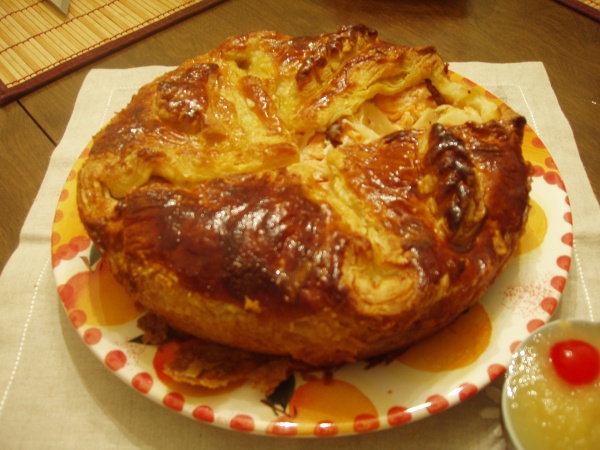Facts About Pirog
Pirog is a cherished baked treat originating from Eastern Europe, particularly esteemed in Russian cuisine. This traditional delicacy features a doughy exterior filled with either sweet or savory ingredients.
The word "pirog" derives from the Proto-Slavic term "pir" meaning feast or festivity, underscoring its significance in celebratory meals. A quick note: don't confuse the Russian "pirogi" with the Polish "pierogi" which are more akin to dumplings.
Pirogi come in various shapes and sizes—oblong, circular, or rectangular—and can be either open-faced or enclosed. What distinguishes them is the yeast-raised dough, a hallmark feature that sets them apart from other pies and pastries. Originally made with rye flour, most modern pirogi now use wheat flour. You can also encounter versions made with shortcrust, flaky, or puff pastry. In East Slavic languages, "pirog" encompasses a broad spectrum of pies, pastries, and even cakes.
The fillings are where pirogi truly shine. Sweet versions might include quark (a type of fresh cheese), fruits, honey, nuts, or poppy seeds. On the savory side, fillings might include meat, fish, mushrooms, or vegetables. In Ukrainian and Russian cuisines, savory pirogi often accompany soups, making for a hearty meal.
There are several popular types of pirog, each with its unique twist. These include Coulibiac (a fish pie), Kurnik (a chicken pie), Poppy seed roll, Nut roll, Pirozhki (small filled buns), Rasstegai (open-faced pies), Shanga, and Vatrushka (cheese-filled pastries).
In Western Slavic cuisines, you'll find similar pastries with sweet fillings, such as the Czech and Slovak Kolach or the Polish Kołacz.

 Belarus
Belarus